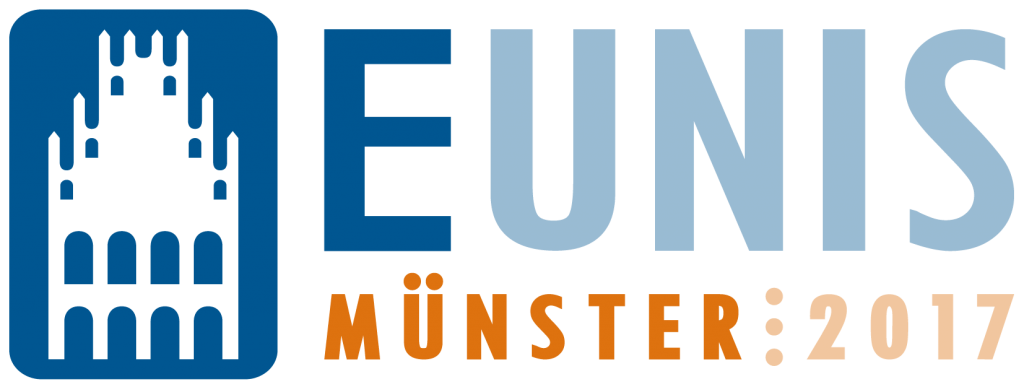Session Chair: M. Berglund
Electronic Document Workflow and e-Signature Implementation at Riga Technical University
(Ludmila Penicina)
The paper describes a pilot-project of implementing a custom-developed module for electronic document workflows and e-signature at Riga Technical University, Latvia. The module is developed in-house and uses official e-signature technology in Latvia to provide RTU management and staff with a tool for efficient document workflows in existing Document Management System (DMS). A business need, the project scope and benefits of the developed solution are outlined. View Paper
Software Development Process and Testing Legislative Acts
(Jakub Kierzkowski)
The purpose of this paper is to describe legislative process using the terms of software engineering and to propose some new manners of detecting and avoiding defects in new law acts. The idea of software tester’s approach to lawmaking comes from the observation that software development and legislative process are similar. Paragraph 2 contains an explanation of that similarity, definition of some basic software testing terms and a basic discussion on the topic. Paragraph 3 presents some basic software development models. In paragraph 4, one can find a brief description of thelegislative process in the Republic of Poland. Paragraph 5 contains a discussion on concepts concerning making better law. I give two new ideas: dividing legislative bills into two documents and setting off the Law Testing Committee, that would lead to better validation and verification of legislative acts. View Paper
Usability Evaluation of University Websites
(Terezia Galovicova)
If the company doesn’t have a website, it is losing out on great opportunities for its business. A website itself can be used to accomplish many different marketing strategies to help the business grow. Companies can benefit from having a website. Websites are nowadays used not only as a sales method and information tool, but also as a communication tool in marketing. (Kvasnicova, Kremenova, Fabus, 2015) Schools and universities have a special place in the market. They offer education opportunities in particular areas. The educational institutions market is huge and extremely competitive. Although the reputation and the quality of institutions is a major advantage, they must think about the target group, who are young people spending several hours per day browsing websites. Schools and universities should have their own web pages, which represent them and perform many functions: information, communication, publications, cultural, and social, among other activities. University websites are intended for employees, high school students interested in studying, school partners, public authorities and the general public. (Kvasnicova, Kremenova, 2015) The most important is that the web pages are usable – it means it is easy to use the website, user find what are looking for. Otherwise, visitors leave them and click on the competitor’s website. The word usability has become the most inflected in the design and management of web sites and applications worldwide in recent years. Nielsen (1993) defined usability as a quality attribute – something that is easy to use. We are able to evaluate the usability. One of the common tool is System Usability Scale (SUS), which provides a “quick and dirty”, reliable tool for measuring the usability. (Brooke, 2013) It consists of a 10 item questionnaire with five response options for respondents; from strongly agree to strongly disagree. Originally created by John Brooke in 1986, it allows us to evaluate a wide variety of products and services, including hardware, software, mobile devices, websites and applications. We examined how the current situation in Slovakia is. There are no statistics for measuring and evaluating the usability of university websites. To fill this information gap, we conducted several interviews with administrators of schools websites. The interviews have shown that such a usability test have not been made. Therefore we formulated the research problem: Usability evaluation of universities websites and decided to find out the current situation. Research determine how many of universities in selected countries (Slovakia, Czech Republic and Finland) evaluate the usability of their web pages. We expect: More than 90% of schools do not evaluate the usability of their web pages. Due to the existence of information gaps and our concern for them to be completed, it was a plan of the research project in two main steps. Step 1: We ask administrators from all universities and colleges in 3 selected countries to fill in a questionnaire. The main question will answer our research problem. Step 2: We ask high school students to evaluate university websites by using SUS tool. The period of our research is from beginning of February to the end of May 2017. The results offer insight into the current state of usability of universities website in selected countries. We can identify the weaknesses of websites and propose to remove them. Thanks to the results we are be able to improve website usability, make it more comfortable and easier for users. View Paper
